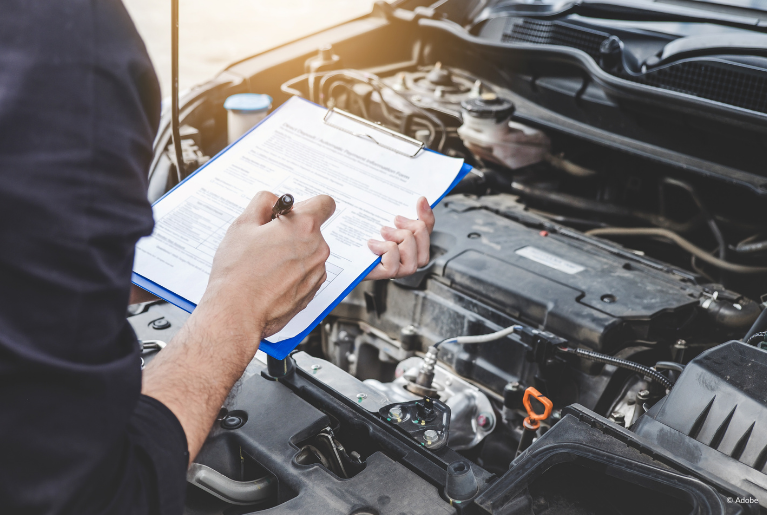You’ve done your research, and now you want to take the car for a test drive. However, you need to be sure that your desired car model is at the dealership, on a lot close by. Many dealerships have off-site lots where they park their cars. Make an appointment ahead of time, or call the dealership to ask if the car is available.
Once you do, the dealer should be able to get the car for you to test drive. Here are 4 things to account for before you test drive your car.
- The car’s interior and exterior. Take note of any immediate issues, such as paint and broken headlights and tail lights.
- Entering, exiting and sitting. Make sure that it’s easy for you to get in and out of the driver’s seat. Once you’re in the driver’s seat, make sure you can adjust to a comfortable driving position.
- Make sure it’s easy for you to see out the car. Some cars have large blind spots that may make it difficult for you to drive. Look behind you and test the visibility of the back window. Will it be exceptionally hard for you to back out? Some cars may have rearview cameras to make this easier, but some might not.
- Gauges and controls. Do you know how the blinkers, windshield wipers, dashboard, hazard lights and other controls in this model work? If not, you can ask the salesperson to show you any items that confuse you.
Once you’ve accounted for these things, start the ignition. Throughout your test drive, follow these 6 tips to learn what you need to evaluate about your chosen car model before you make any decisions.
- Let it idle. Listen to the noises made by the engine. If the engine runs rough, that’s a red flag. Then, turn on the air conditioning and test out any technology in the car. Some models come with infotainment systems and rearview cameras. If needed, ask the salesperson how to operate any unfamiliar systems.
- Pay attention to acceleration. How does the car speed up when you hit the gas pedal at the start of your drive? Don’t only pay attention to how it accelerates from stops. You should also pay attention to how it accelerates up a hill, or on a highway.
- Pay attention to the brakes. Do the brakes grind or squeal? If so, the car may have brake problems that have not been resolved. Learn how the brakes feel when coming to a stop. If it feels loose, or the brakes feel stiff, this may not be the car model for you.
- Test the car’s steering. The car model should be easy to steer. The steering wheel shouldn’t stick or be difficult to use. Additionally, the steering wheel should not veer left or right without your input. If you feel resistance during hard turns, the car model may have steering issues.
- Test drive in different driving environments. You should test drive it in environments most like those you navigate every day. If you live in an area with many potholes, you should know how this car model handles driving over one. You should also drive over bumpy areas such as railroad tracks, potholes or slightly uneven roads. If you drive often on hills or highways, test drive the vehicle in both environments.
- Consider a longer test drive. Many new car dealers will allow prospective buyers an overnight test drive, so don’t hesitate to ask for one if you need more time to assess whether it’s the right car for you. Dealers often will accommodate this request if they believe in the product they’re selling.
Whatever you do, take a test drive before you buy the vehicle. You need time to think over the offer. What you thought were small annoyances may have pointed to larger problems. Take the time to research anything you noticed on your test drive. If you noticed any red flags, you can request an inspection for some peace of mind.
Read the next entry in our Auto Buying Guide series for advice on getting a vehicle inspection.
Lemon Law Help by Knight Law Group is an automotive lemon law firm that exclusively practices in California, with offices in Los Angeles, San Francisco, Sacramento and Orange County. If you are a California resident who purchased or leased a defective vehicle from a licensed dealership in California, we may be able to help you get rid of your potential lemon and recover significant cash compensation. Model year restrictions apply: 2020–Present vehicle models only.
However, we cannot help those who reside outside of California or purchased their vehicle outside of California unless they are active duty members of the Armed Forces, nor will we be able to refer them to a lemon law firm in their states.
To learn more about the California Lemon Law and your legal rights, visit our guide on the California Lemon Law for more information.














